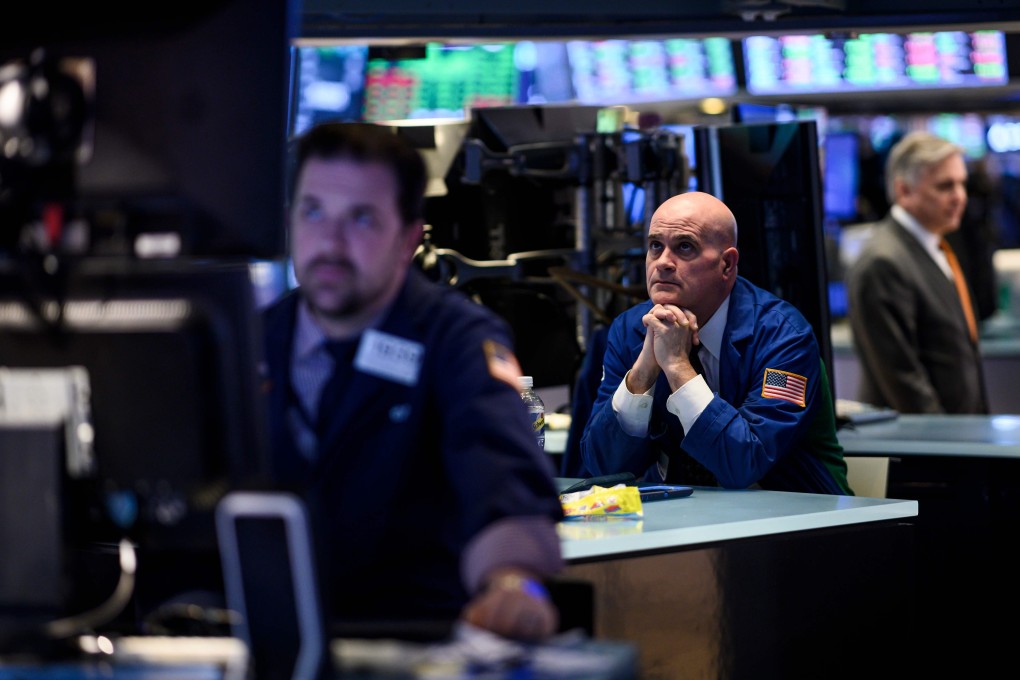Macroscope | Through Brexit and signs of China’s slowdown, investors have kept their cool – but it can’t last
- Political uncertainty usually means market volatility yet, since 2016, this hasn’t been the case. But whether it’s disorder in Europe or a slowdown in China, turbulence is coming and investors should be cautious or risk getting burned

In normal times, any one of the aforementioned risks would have given investors the jitters. But not this time. Historically, we have observed a fairly tight relationship between the global Economic Policy Uncertainty Index and Vix, a common measure of market volatility. That is what you would logically expect: more uncertain economic policy leads to more uncertainty in the markets.
But this correlation has broken down and was turned on its head in early 2016. Since then, higher policy uncertainty has actually led to lower market volatility. Other things being equal, this makes no sense. Maybe other things are not equal, however. Could it be that the ultra-loose monetary policy comforted investors to such a degree that they were willing to overlook the policy fog? Unlikely.
The ECB had begun its quantitative easing operations a year before the relationship broke down and the Fed had just launched its interest rate tightening cycle in December 2015. Even last year’s fourth-quarter sell-off and the ensuing volatility has not closed the gap with policy risks. The latter rose even faster. The gap remains large.

